Street photography is one of my greatest passions and, over time, I have learned these seven principles that have helped me grow as an artist. So let's check out a few ways I have found to get better results in my street photography.
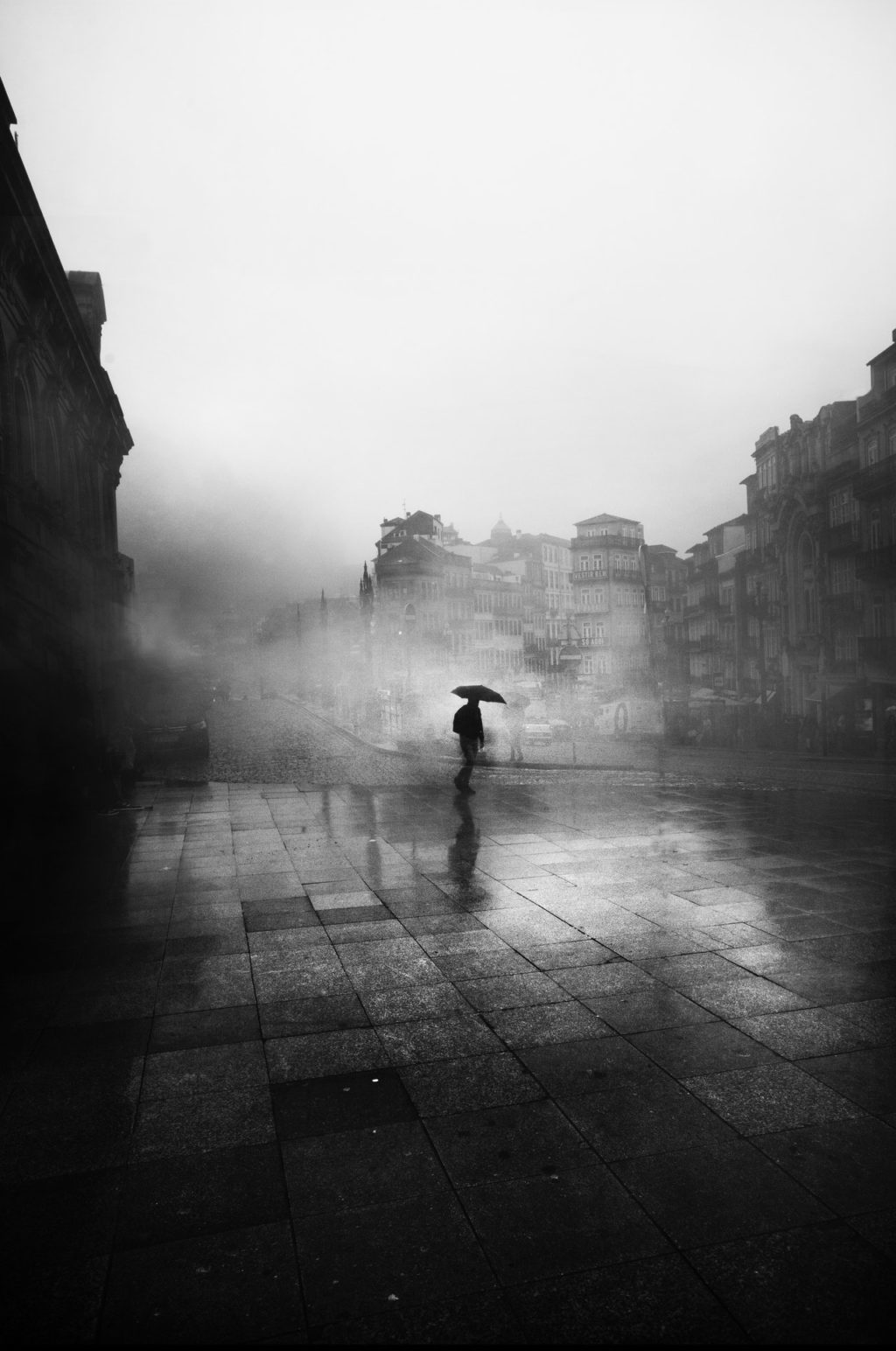
Study the Masters
In street photography, like in any other craft, you can learn invaluable lessons by examining the work of the masters. No matter their style, when you analyze the experts, you can acquire a vast base of visual knowledge that will influence your techniques and the way you view the world.
Candid street photography, portrait photography, and documentary photography have nourished my personal approach to shooting, and even pictorialism has passed through my visual palette. From studying what successful photographers have done in these genres, I have discovered far more than I could have alone. You can find the same benefits if you apply yourself to learning from the masters, past and present.
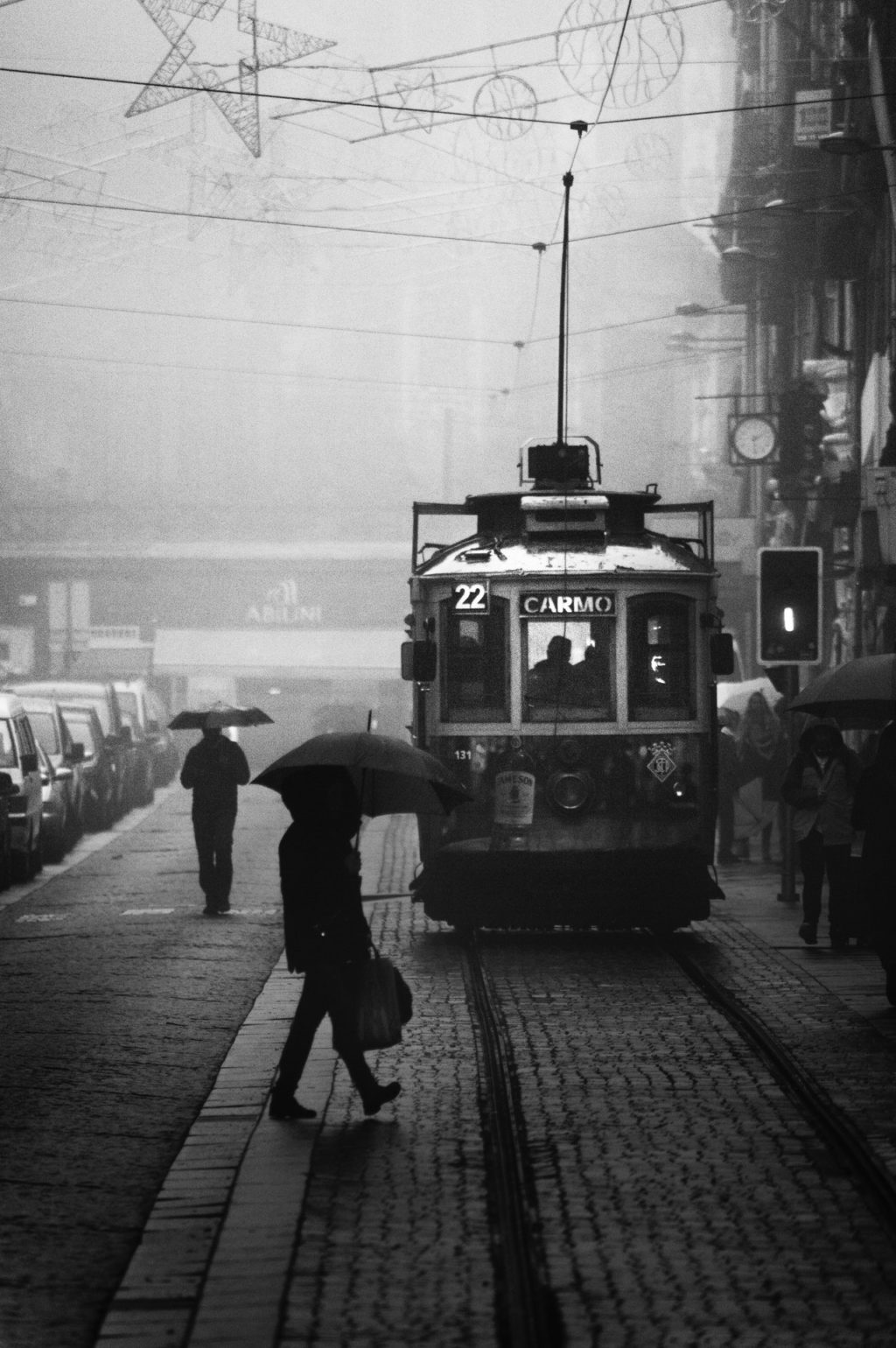
It is good to have a list of skilled photographers whose work you revisit from time to time for inspiration, constructive influence, contemplation, joy, and more. Some photographers whose work I visit constantly are:
- – Josef Koudelka
- – Vivian Maier
- – Donna De Cesare
- – Alexey Titarenko
- – Hiroshi Sugimoto
- – Harold Feinstein
- – Sally Mann
Don't Obsess About Gear
As technology advances, gear rapidly changes and improves, offering innumerable products to anyone on the market for better tools. Technology, however, is ephemeral and gear should never be your primary concern.
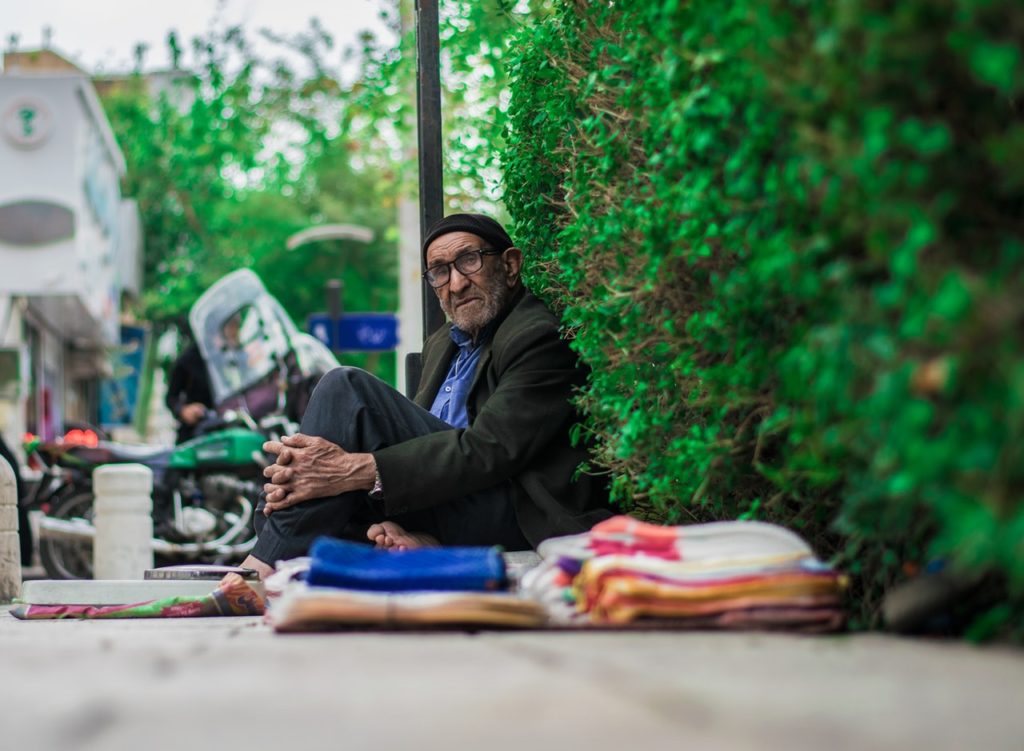
Photography is about taking pictures, not using the newest gadgets. Practice, not expensive gear, makes you better. Though the latest and greatest may tempt you, it will not make up for lack of practice. Keep your mind on honing and enjoying your craft. If you focus too much on fancier equipment, you will have less time to take photographs and, worse still, less time to enjoy the art behind it.
Always Have a Camera on Hand
I remember too clearly many times in my life when I made the worst mistake a photographer can make: I did not have a camera with me. The memories of those specific occasions, forever unrecorded, still haunt me.
Make a habit of always having your camera around and you will save yourself from missing a perfect shot, thus avoiding the bitter failure to capture a precious moment in time. Even if carrying around a camera sometimes seems like an inconvenience, it is better to have a camera with you and never use it than to need your camera at a moment's notice but not have it.
Try Analog Photography
There are two main reasons I advocate shooting with film. First, it slows your pace. In the modern world, we are used to going as fast as we can. Digital cameras offer the choice to shoot pictures rapid-fire, and sometimes that works against you. Film photography, however, forces you to slow down because it limits the number of shots you can take. There is no opportunity for chimping, so you work harder to get the picture you want on the first try. Analog photography can push you out of your comfort zone and help you fight against laziness and careless shortcuts.
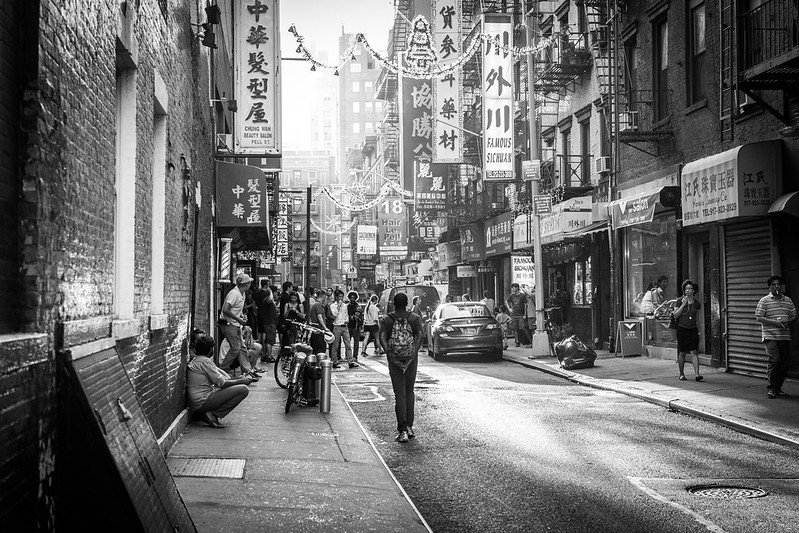
Image by Guilherme Nicholas
Second, seeing developed film has a mysterious and amazing effect. Even if you have a lab develop your film, you have the priceless chance to hold the photographs in your hands and remember the details which before had escaped your memory. If you can develop your own film, the experience is enhanced: you cannot replace the magical feeling of watching the images appear right before your eyes. It will make you fall in love with photography even more.
Get Close to the Scene
“If your pictures aren't good enough, you're not close enough.” This quote by Robert Capa, one of my favorite photography-related quotes of all time, says it all.
The greatest perks of following this rule are experiencing the thrill the proximity will give you and the connection you will feel with the subject.
Talk with People
When shooting around others, you will inevitably find times when you are conspicuous. During such times, it is good to talk to people. Tell them about your passion for recording scenes on the streets. People tend to react positively when you are open and sincere. Don't build a wall between yourself and the context.
Try to Blend in While Traveling
Planning your trips ahead is good, but it's also important to blend in with the context so you can work more freely. When doing street photography while traveling, your foremost goal should be to remain inconspicuous. If you stand out like an inexperienced tourist snapping away at everything in machine-gun mode, you will not achieve the best possible photographs.
Bonus Tip:
Although gear is not all-important, I have found that using a wide prime lens is beneficial for street photography. They are ruggedly built, and they are also more inconspicuous, which allows you to get closer to your subjects without alerting anyone.

Image by Giuseppe Milo




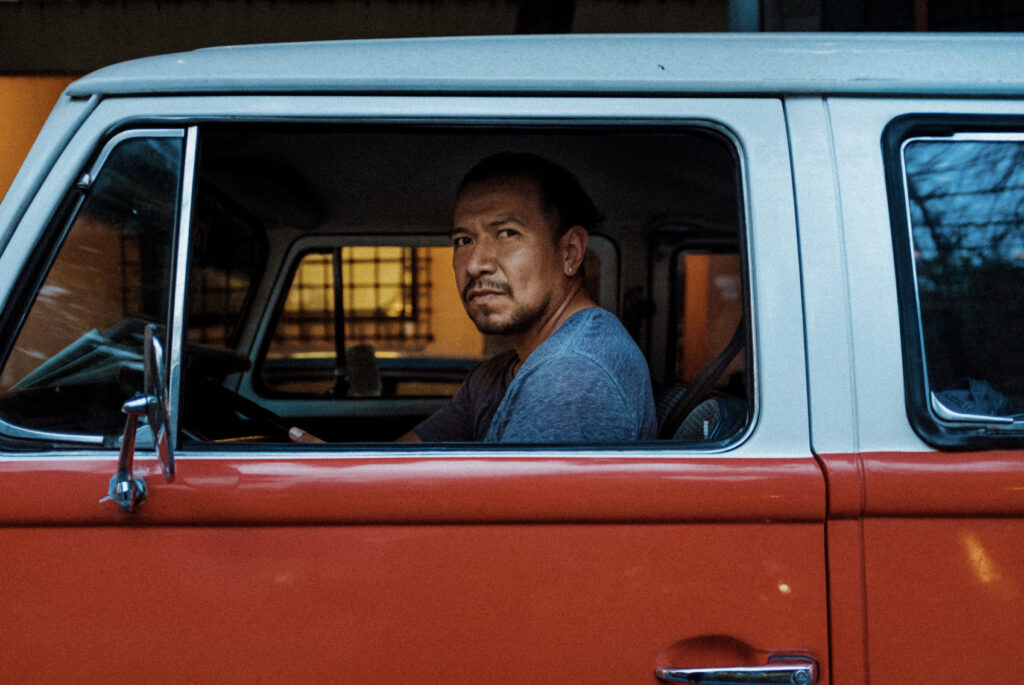
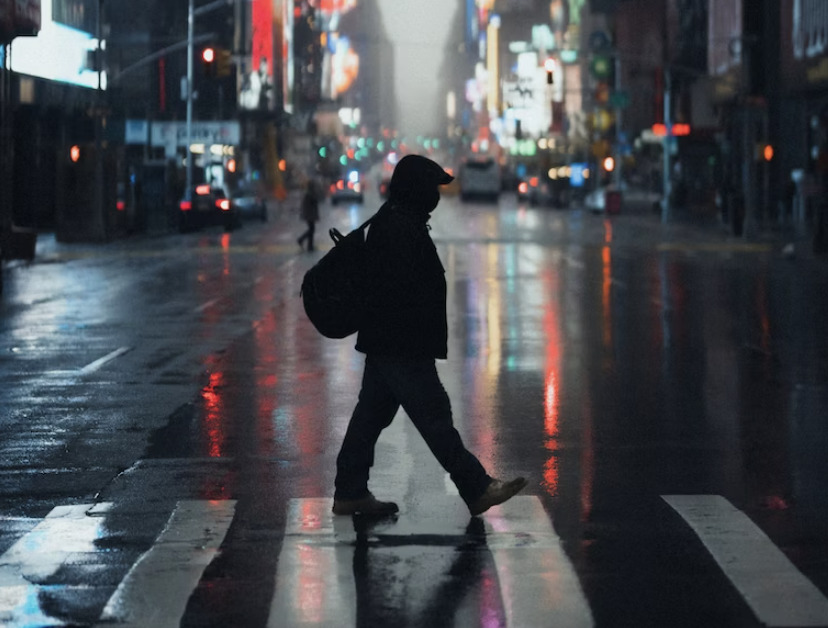
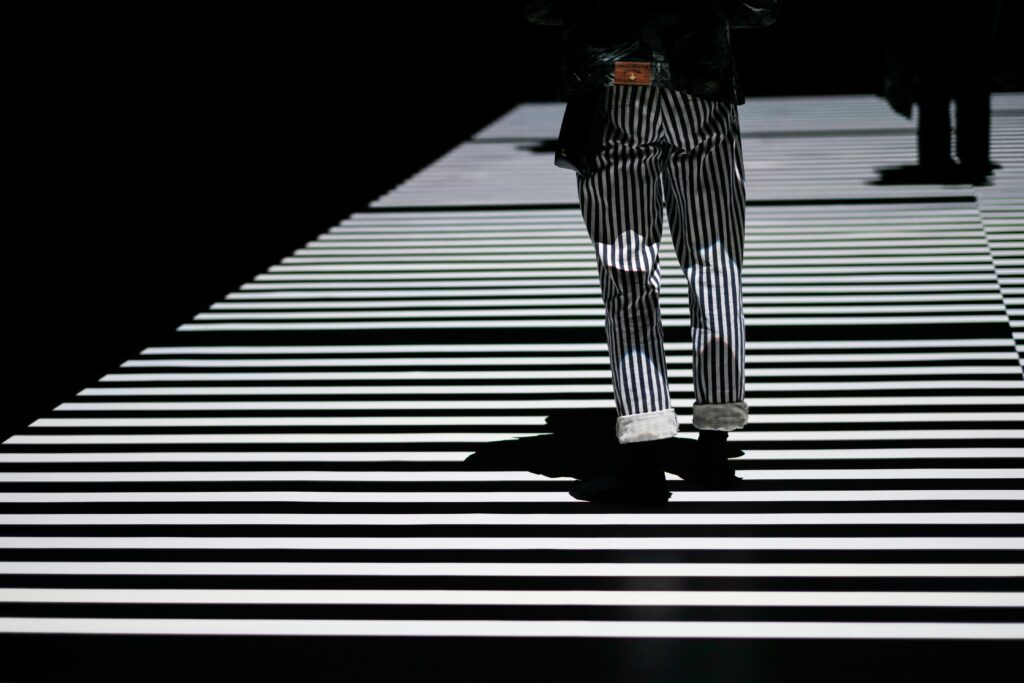
4 Comments
Do you mean a fixed focus 50mm wide lens, a lens in a system that is the main lens/setting or another lens format ?
I would have said a wide angle prime would be 20 – 35 mm, not fixed focus.
Excellent article, Fedrico. Some useful ideas here.
How wide should your wide angel lens be?